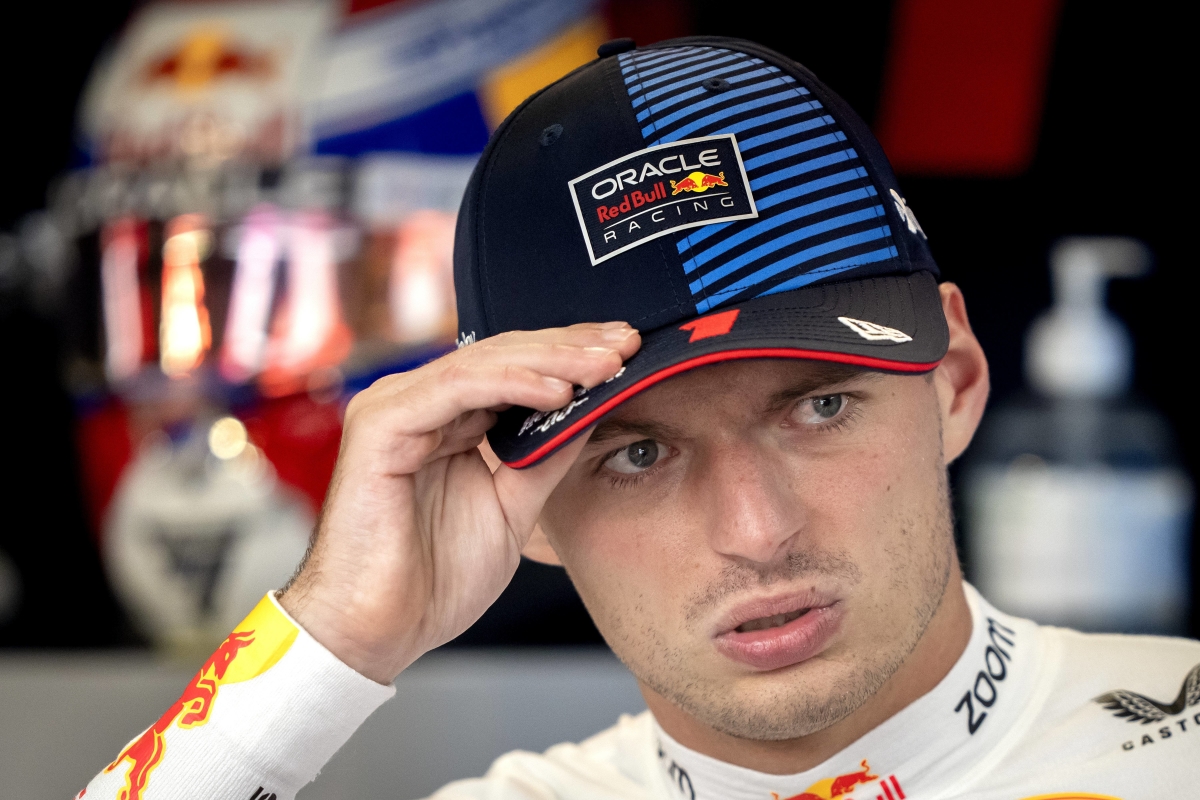
Latest News

F1 Social
Lewis Hamilton and Charles Leclerc leave Mickey Mouse hanging and he looks devastated
- Yesterday 22:56

Abu Dhabi Grand Prix
F1 Practice Today: Abu Dhabi Grand Prix 2025 start times, schedule, TV channel and live stream
- Yesterday 21:56

Abu Dhabi Grand Prix
McLaren Abu Dhabi team orders labelled 'unacceptable' by F1 star
- Yesterday 21:12

Latest F1 News
Lewis Hamilton 'surprised he's still standing' after disastrous year at Ferrari
- Yesterday 20:27

McLaren
Lando Norris and Oscar Piastri pull out of F1 media duties as pressure mounts at Abu Dhabi GP
- Yesterday 19:43

FIA News
FIA presidential election result at risk of being overturned after legal action
- Yesterday 18:57
Most read

75.000+ views
'FIA discover illegal trick being used by multiple F1 teams'
- 19 november

50.000+ views
FIA announce late penalty verdict at Las Vegas Grand Prix
- 22 november

50.000+ views
F1 Qualifying Results: Las Vegas Grand Prix times and grid positions
- 22 november

30.000+ views
FIA announce late Lewis Hamilton promotion at Las Vegas Grand Prix
- 23 november

30.000+ views
Christian Horner destined to become Lewis Hamilton's new Ferrari F1 boss
- 16 november

30.000+ views
Aston Martin issue emotional statement as star officially exits team
- 23 november























 Grand Prix of Australia 2025
Grand Prix of Australia 2025  Grand Prix of China 2025
Grand Prix of China 2025  Grand Prix of Japan 2025
Grand Prix of Japan 2025  Grand Prix of Bahrain 2025
Grand Prix of Bahrain 2025  Saudi Arabian Grand Prix 2025
Saudi Arabian Grand Prix 2025  Grand Prix De Monaco 2025
Grand Prix De Monaco 2025  Gran Premio de España 2025
Gran Premio de España 2025  Grand Prix du Canada 2025
Grand Prix du Canada 2025  Grand Prix of Austria 2025
Grand Prix of Austria 2025  Grand Prix of Belgium 2025
Grand Prix of Belgium 2025  Grand Prix of Hungary 2025
Grand Prix of Hungary 2025  Grand Prix of Azerbaijan 2025
Grand Prix of Azerbaijan 2025  Grand Prix of Singapore 2025
Grand Prix of Singapore 2025  Gran Premio de la Ciudad de Mexico 2025
Gran Premio de la Ciudad de Mexico 2025  Grande Prêmio de São Paulo 2025
Grande Prêmio de São Paulo 2025  Qatar Grand Prix 2025
Qatar Grand Prix 2025  Grand Prix of Abu Dhabi 2025
Grand Prix of Abu Dhabi 2025 